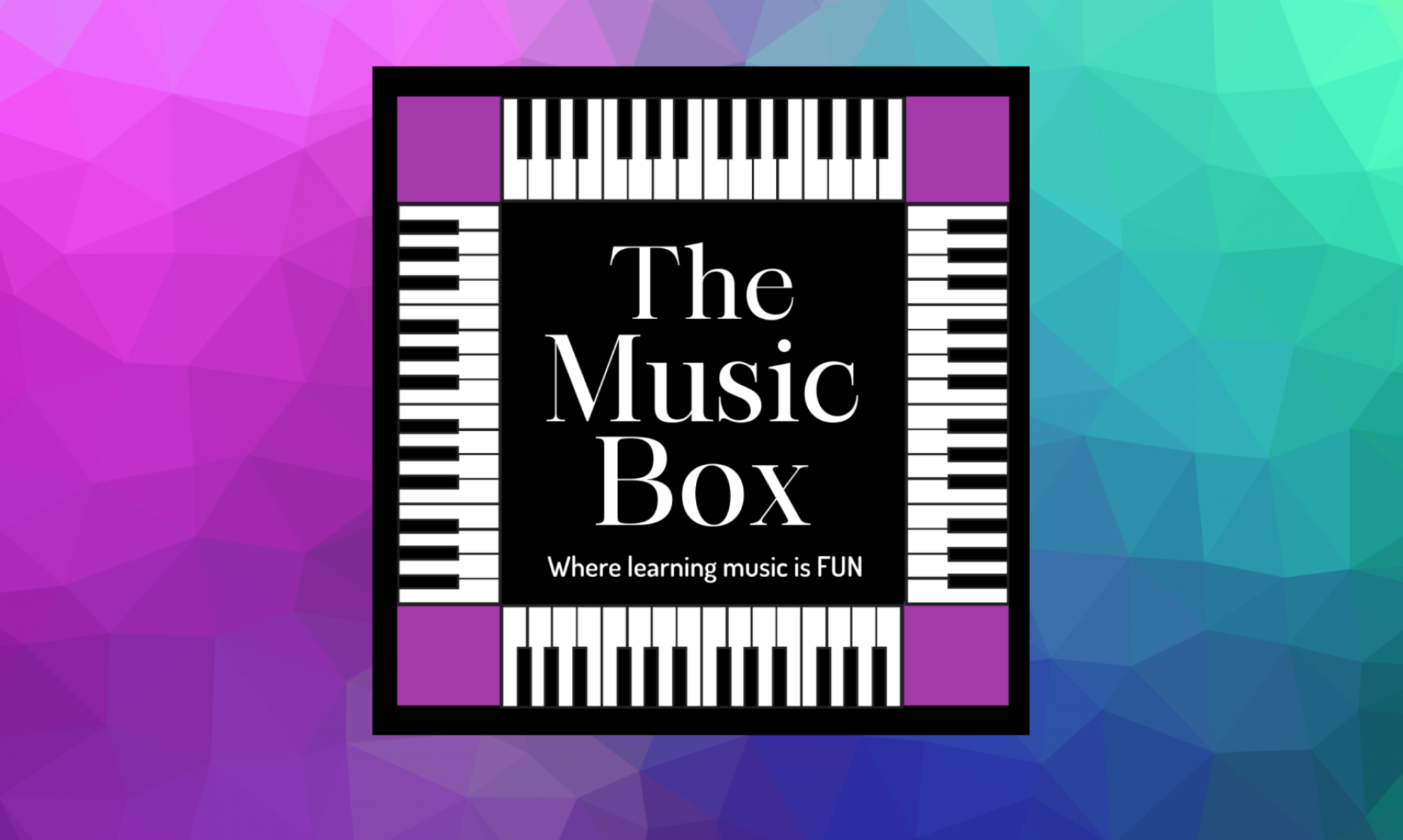Note reading…it’s all a blur….
Have you ever taken a good look at a piece of music…a really good look? It is made up of lines, dots, squiggles and a mish mosh of symbols….a beautiful piece of visual art that, when translated by the capable hands or voice of a musician, becomes an auditory treat….well, if it is translated correctly.
Like the written form of any language, in order to read music, we must be taught the basic components. We must learn them well, much like learning the alphabet and the sounds each letter is responsible for. Later, we learn how those components can be arranged into meaningful groups. Our ability to read music has a direct influence on how well we can learn new pieces of music. Many musicians play by ear, which is great, (a topic for another day) but what if nobody else is there to play the song for you in the first place? The ability to read music opens the door to many opportunities, much like the ability to read the written word.
Sometimes children (and adults) have difficulty deciphering the dots and lines that sit before them on the music stand. They struggle with learning notes on the staff – the basic components of written music. Without a good handle on these basic components, it is difficult for students to work independently. Learning new songs becomes a difficult task. When learning is slow, frustration can set in.
In some cases, it is a lack of practice that is causing music reading issues for students. For that there is an easy fix….more practice! Note naming activities, flashcards and extra sight-reading can get a student back on track.
For some students, however, there is a physiological reason for the misreading of notes. I have seen students who struggle with note reading for a time, only to find out that they have less than 20/20 vision. After the fitting of the proper prescription…poof!!…. note reading issues have disappeared. I can tell my own prescription needs to be adjusted when natural signs begin to look like sharps on the page!
Unfortunately, sometimes the problem may not be so easy to diagnose. It is possible that a student struggling with note reading may have a visual perception difference. Perhaps it is difficult for them to read black ink on white paper or perhaps dyslexia is coming into play. These types of issues are more difficult to recognize but can be resolved once diagnosed.
More and more is being understood about learning differences. If your child is having trouble reading it could be that a learning disability is causing added stress for your child. Learning disabilities can be overcome and note reading does not have to be frustrating. Awareness is the first step. Without diagnosis, children can be left feeling inadequate when really, they just need some specialized assistance.
Some things to watch for:
Does your child frequently name notes incorrectly? Especially notes that he/she has already mastered?
Does your child have difficulty reading books?
Does he/she complain that the notes (or words) are moving around the page?
How are his/her marks in school?
Does your child squint when reading music?
Does he/she lean in toward the music when reading?
If you or your child is finding note reading frustrating, even after extra practice, have an eye exam done to ensure that eyes are healthy and vision does not require corrective lenses. You can also talk to your optometrist or an occupational therapist about the effects of visual perception on reading and what you can do to make reading less frustrating. If you think your child may have a learning disability talk to your child’s teacher or a psychologist.
